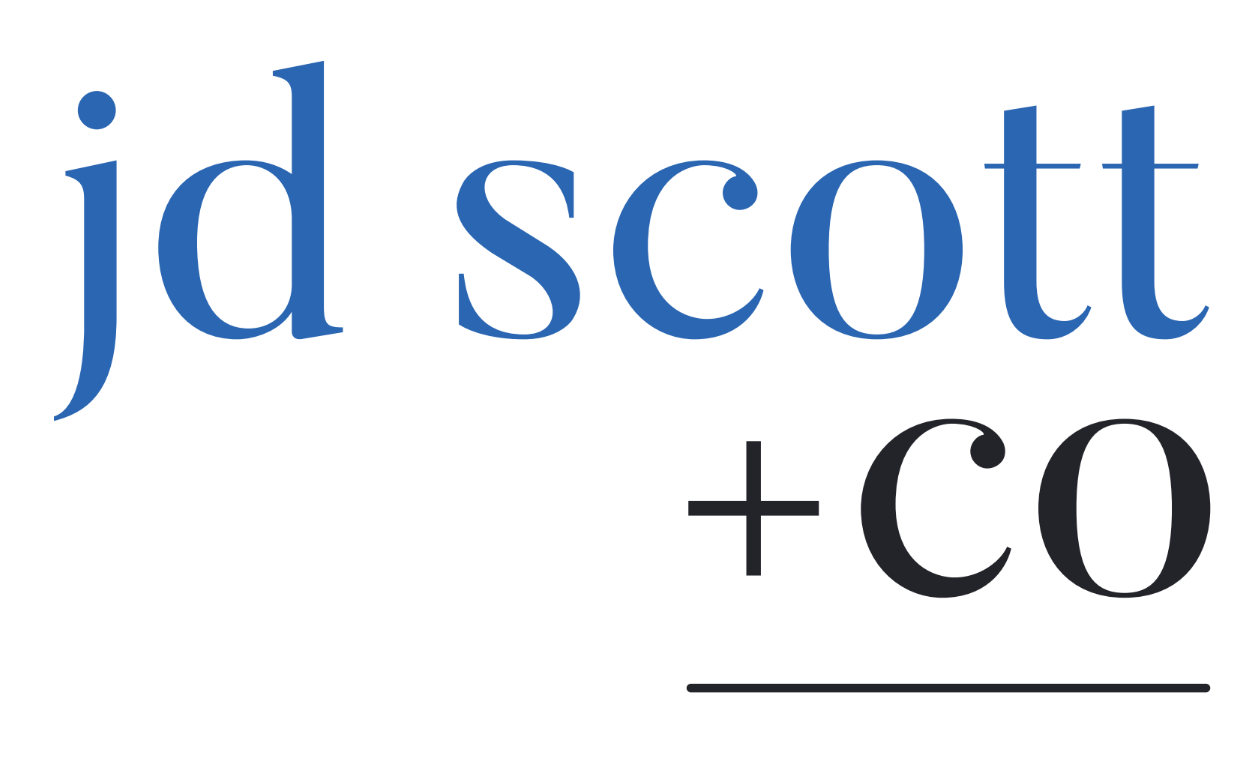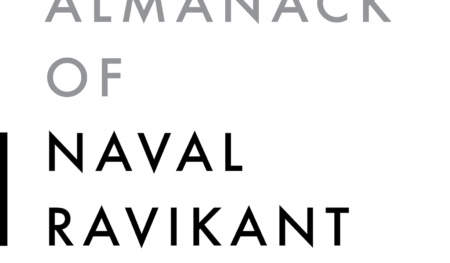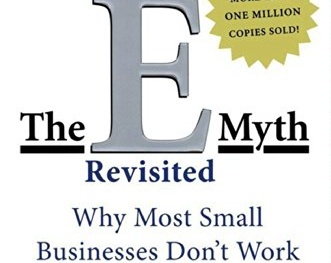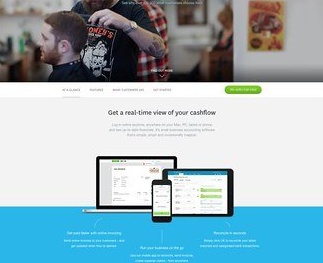Like Christmas, Tax Time is almost here again! Here are a few steps you can take in order to prepare for year end.
Remember, in order for a tax deduction to be included in the FY22 year, the expenditure needs to have occurred prior to 30 June, so don’t leave planning too late.
Businesses tax planning
Getting tax planning right for you business involves some careful preparation.
Business tax planning consists of five elements:
- Bringing deductions forward where possible
- Making sure you have the correct structure in place
- Pushing revenue into next financial year
- Making sure you appropriately structure transactions to take advantage of all available exemptions, rollovers and offsets.
- Special issues to deal with for companies, including loans to directors and shareholders and dividends.
Common business expenses
As you come to the end of June, make sure you have considered each of the following:
- Review your trade debtors and write off any bad debts you might still be carrying – a bad debt must be formally written off to be tax deductible.
- complete repairs on plant and equipment – make sure this is done prior to 30 June
- make tax deductible superannuation contributions (see below)
- ensure compliance with non-commercial loss provisions
- Loans to owners (see below)
Inventory
Inventory give you a choice how you treat it under tax law. Trading stock can be measured at either cost, market selling price or replacement value. You can choose a different method each year, so choose the method that gives you the more favorable outcome.
Also, make sure you identify any old or obsolete stock and write off the balance in your accounts prior to 30 June 2022.
Shareholder Loans
There are a whole range of very complex rules that capture loans made by companies to owners and their associates (called Division 7A loans). Essentially, unless the loan is documented and interest is charge (and paid) on the loan, then the ATO will consider it a “deemed dividend”. This means it will be taxable income in the recipient’s hands and the company can’t claim a tax deduction for the payment. There are also franking credit issues to deal with.
You can borrowing money from your company, as long as you comply with the rules. This includes properly documenting the loan,charging interest and making minimum annual repayments.
If you have a loan from the company to the directors and shareholders, make sure you discuss this with us sooner rather than later.
Employee Expenses
Superannuation contributions are only deductible when received by the superannuation fund. If you use the Small Business Super Clearing House then check when payments are made. It can take several days to reach the superfund, so make sure you pay with sufficient time.
Previously, superannuation deductions were limited to $25,000 per year. If your deductible contributions were below this, then the excess was not tax deductible. From FY18, you are now able to carry forward unused contributions for up to 5 years. If you have surplus cash and are looking to invest, it might pay to make a tax deductible contribution to your super fund. In order to take advantage of this your total super balance must be under $500,000.
If your a sole trader (that is, you run your business without a trust or company structure) then you need to inform your superannuation fund that you are making a deductible contribution. Super fund websites usually have the required form to use.
Bonuses for employees are only deductible when incurred. That is, the business must be committed to paying them. If you’re going to pay a bonus to staff for year end, announce it and prove you’re committed to paying.
Prepayment of expenses
Most prepayments are not tax deductible, except for certain Small Business Entities and individuals. If you are a small business or an individual, look for expenses you can pay prior to 30 June and bring forward the deduction to this year. For example, if you have a margin loan you may be able to prepay interest for FY21 and claim a tax deduction in your FY22 tax return. A Small Business Entity (an business with turnover of less than $10 million) is also able to immediately claim a deduction, provided the service to which it relates is less than 12 months.
Business Income
If you have transactions planned for completion over the next few weeks, there are a few ways of pushing income into the next financial year.
- Make sure your capital gains occurs in the most favorable tax year. If you’re planning to dispose of an asset that has a capital loss, do it in the same year as any capital gains.
- Consider timing when raising invoices for work in progress
- Consider income received in advance. Have you actually provided the service yet (in which case its assessable) or will the service be provided next financial year? If you haven’t provided the service prior to 30 June, the income is assessable next financial year.
- Review your WIP balance. Is it all recoverable? If not, make sure you write it off in the current year.
Is your business structure still optimal?
Tax time is a great time to consider your business structure. Does it still meed your business needs? Perhaps your family situation has changed or the business may be looking to expand offshore? Review your business structure in light of expected future developments and ensure you take full advantage of the tax options available to you.
Trust distributions
If you have a trust, then you need to ensure the trustees make a resolution to distribute income to the beneficiaries of the trust in writing before the end of the tax year.
Dividend Declarations
If you have a company and the company has been profitable for the year, you may want to conisder extracting some of that profit by way of dividends. If that’s the case, then you must have made a valid dividend declaration prior to year end. The rules regarding dividends are governed by the Corporations Act and require you to declare the dividend prior to 30 June 2022, if its to be included in the 2022 income tax returns.
Employees
Working from home deductions
As a Covid-19 measure last year, the ATO brought in a simplified deduction for working from home. This measure continues for the FY22 year.
There are several methods you can use to claim working from home expenses.
- The actual method – requires you to keep detailed records of amounts spent and time working at home. This may give you a bigger tax deduction but does require more record keeping.
- The 52c per hour method – the method that has been available for several years. Easier to calculate for most people.
- The short cut method (80c per hour). To be able to claim this method you need to have been requried to work from home due to COVID-19 restrictions. A builder (for example) who works on site, would not be entitled to use this method.
You can either use the short cut method and claim 80 cents per hour for all expenses or claim an allowance to 52 cents per hour for heating, power, depreciation plus the work related proportion of phone, internet and stationary. That is, the under 80c per hour method you cannot claim phone, laptops, internet etc. This sheet from the ATO has a very useful summary. Just make sure you can substantiate the hours worked. Personally, I use a timesheet to capture all the hours I work but you may decide to keep a simple Excel log of the daily hours. Either way, ensure you have a record.
The ATOs on the look out for employee expenses. Every year the ATO target their attentions on certain areas of tax compliance.
What you can’t claim
There are a few things you can’t claim under any of these methods, even if they are usually provided at your usual place of work. This includes
- tea, coffee, lunch etc.
- Child related education expenses (i.e. cost in setting them up at home for online learning, teaching them at home, buying them equipment needed such as webcams and laptops
- If your employer reimburses you for an expense (such as home internet)
- depreciation on equipment provided by your employer, such as laptops
Car expenses
Got a log book? Make sure it’s still representative of the percentage business your drive. Log books are not a set and forget thing. They have to be updated at least every 5 years and more regularly if circumstance change. For example, may be you change employers, or perhaps your employer shifts offices. You could even have started (or stopped) dropping the kids at school. All these change the pattern of your business percentage.
Make sure you can substantiate all your deductions.














